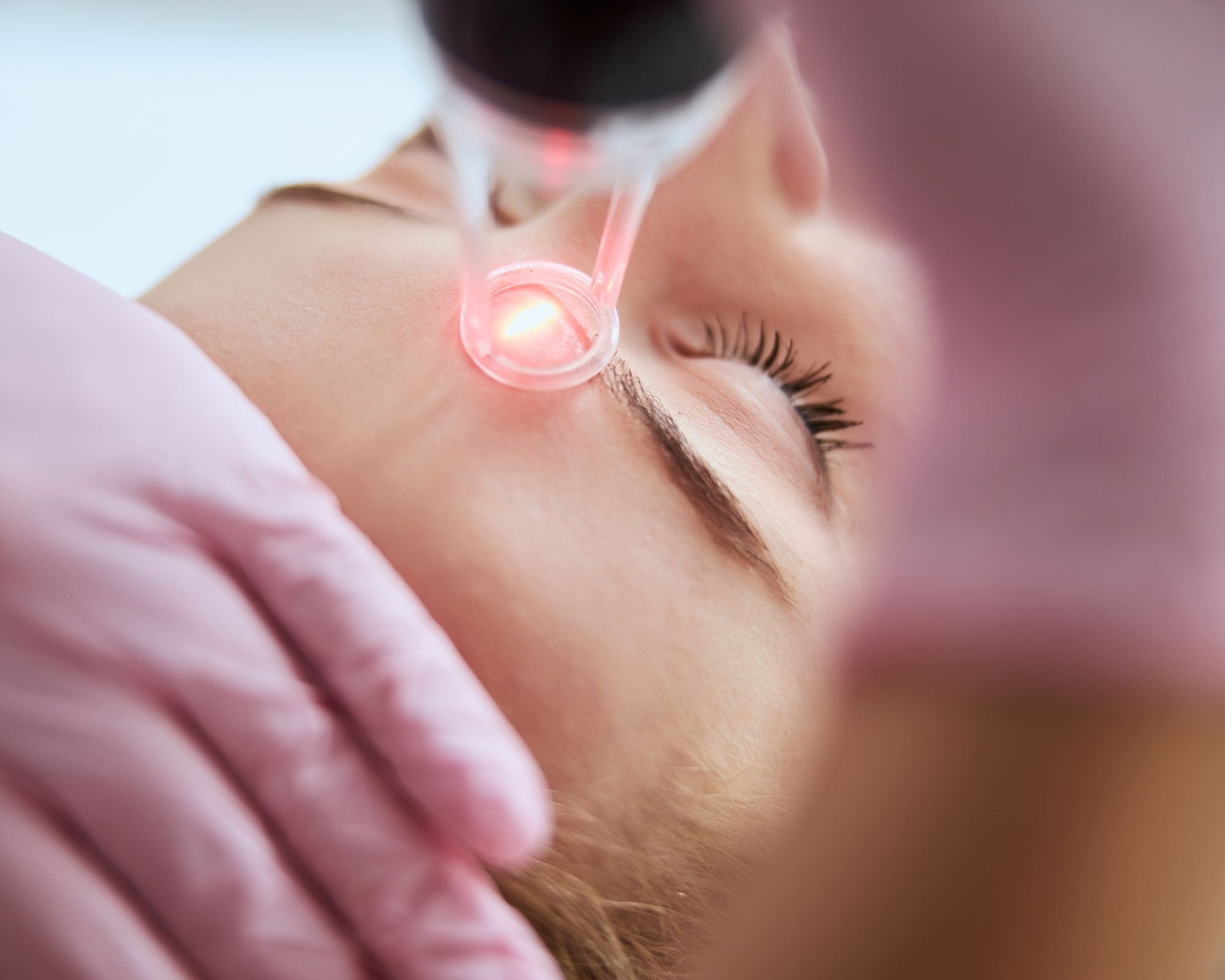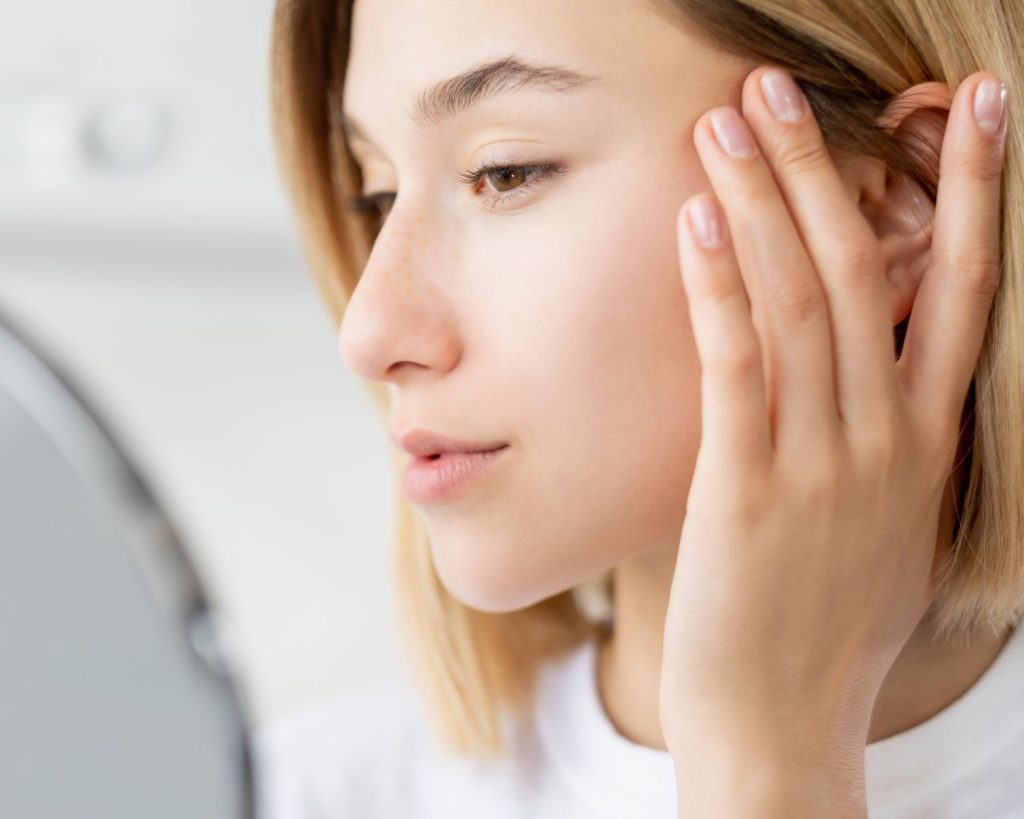36Pico Laser treatment has gained immense popularity in the world of aesthetic medicine for its ability to address a wide range of skin concerns effectively. From pigmentation issues to acne scars and fine lines, Pico Laser offers benefits. However, like any medical procedure, it’s essential to be aware of potential side effects. In this article, we will first explore the benefits of Pico Laser treatment and then address THREE common side effects to provide a balanced perspective.
Benefits Of Pico Laser Treatment

Versatility: Pico Laser treatment is incredibly versatile and can address a wide range of skin concerns, including pigmentation issues (e.g., age spots, sunspots, melasma), acne scars, fine lines, and overall skin rejuvenation. This makes it a valuable tool for individuals seeking comprehensive skin improvement.
Precision: Pico Laser is highly precise, allowing for targeted treatment of specific areas of concern. Whether you’re addressing a small pigmented spot or an entire facial area, the laser’s precision ensures that only the problematic areas are treated, leaving surrounding skin untouched.
Minimal Discomfort: Many patients find Pico Laser treatment to be well-tolerated, as the procedure is quick and typically associated with minimal discomfort. The sensation during treatment is often described as a series of quick, mild snaps.
Quick Recovery: There is usually little to no downtime associated with Pico Laser treatment. Patients can often resume their daily activities immediately after the procedure, making it a convenient option for those with busy schedules.
Long-Lasting Results: While the immediate effects of Pico Laser can be subtle, the results tend to improve over time as collagen continues to regenerate. Many individuals enjoy the benefits of Pico Laser for several months to a year or more, reducing the need for frequent touch-up sessions.
Common Side Effects Of Pico Laser Treatment
Temporary Redness & Swelling: It’s common to experience temporary redness and mild swelling in the treated area immediately after Pico Laser treatment. However, these side effects are usually mild and subside within a few hours to a day.
Pigmentation Changes: In rare cases, Pico Laser treatment can lead to temporary hyperpigmentation (darkening of the skin) or hypopigmentation (lightening of the skin) in the treated area. These changes are generally reversible and fade over time.
Risk Of Crusting: Some patients may notice small scabs or crusts in the treated area following Pico Laser treatment. These are a natural part of the healing process and will typically slough off as the skin heals.
Are Pico Laser Side Effects Less Severe Compared To Traditional Laser Treatments?
Pico Laser is known for its fewer side effects compared to traditional laser treatments.
Here are some reasons why Pico Laser side effects are often considered less severe:
Shorter Pulse Duration
Pico Laser uses ultra-short pulse durations measured in picoseconds for precise targeting of pigment and tissues, minimizing the impact on surrounding skin.
While traditional lasers, with longer pulse durations, may have a higher risk of causing collateral damage.
Less Heat Generation
Pico Lasers generate less heat during the treatment process. The shorter pulse durations result in less thermal damage to the skin, reducing the risk of side effects such as redness, swelling, and discomfort.
Enhanced Safety Profile
Pico Lasers can provide effective results with a focus on safety, allowing various skin concerns to receive the treatment with minimal risk of adverse effects, making it a safer option for many skin types.
Reduced Downtime
Pico Laser treatments often have shorter downtime compared to traditional lasers. Patients can resume their normal activities sooner after the procedure, as the risk of prolonged redness or recovery is minimized.
Versatility
Pico Lasers are versatile and can be used to address various skin concerns, including pigmentation, acne scars, and fine lines.
The ability to target specific concerns with minimal impact on surrounding tissues contributes to a more favorable side effect profile.
Pico Lasers are known for their safe and effective traits with fewer side effects. However, individual responses may vary.
It’s important to consult with a qualified and experienced medical professional to assess your skin type, concerns, and the most suitable laser treatment for your specific needs.
How Can You Prevent Side Effects With Post-Treatment Care?
Pico Laser treatments are often used for various skin concerns, including tattoo removal, pigmentation issues, and skin rejuvenation that are safe and effective
However, it’s always important to follow proper post-treatment care to minimize potential side effects. Here are some tips to help prevent pico laser side effects:
Follow Aftercare Instructions
Always follow the specific aftercare instructions provided by your dermatologist or the laser treatment professional.
These instructions may include guidelines on cleaning the treated area, applying prescribed creams or ointments, and avoiding certain activities.
Keep the Treated Area Clean
Clean the treated area gently with mild soap and water as instructed by your healthcare provider.
Avoid harsh or abrasive cleansers, and do not scrub the treated area.
Moisturize
Use a recommended moisturizer to keep the treated area hydrated. This can help prevent excessive dryness and peeling.
Avoid Sun Exposure
Stay out of direct sunlight and protect the treated area from UV radiation.
If exposure is unavoidable, use a broad-spectrum sunscreen with a high SPF, and reapply it regularly.
Avoid Hot Water and Activities
Avoid hot showers, baths, saunas, and activities that may cause excessive sweating for a few days post-treatment.
Heat can increase irritation and prolong the healing process.
Skip Harsh Skincare Products
Avoid using harsh skincare products, such as products containing retinoids or acids, until your skin has fully healed.
Stick to mild, non-irritating skincare products recommended by your healthcare provider.
Do Not Pick or Scratch
It’s essential to resist the urge to pick at scabs or peel the treated skin. Doing so can lead to scarring and infection.
Let the skin naturally exfoliate as part of the healing process.
Stay Hydrated
Drink plenty of water to keep your body and skin hydrated, promoting overall skin health.
Attend Follow-Up Appointments
Attend any scheduled follow-up appointments with your healthcare provider. This allows them to assess your progress and address any concerns.
Communicate Any Concerns
If you experience unexpected or severe side effects, contact your healthcare provider immediately. They can provide guidance on how to manage the issue and whether further intervention is necessary.
Individual responses to laser treatments can vary, and it’s crucial to communicate openly with your healthcare provider throughout the process.
They can tailor post-treatment care instructions based on your specific needs and help address any concerns you may have.
Does Pico Laser Side Effects Happens On Certain Skin Types Only?
Pico Laser treatments are designed to be safe and effective across a range of skin types, including darker skin tones, without being limited to specific skin types for side effects.
Conclusion
Pico Laser treatment offers numerous benefits, including versatility, precision, minimal discomfort, quick recovery, and long-lasting results. While it’s essential to be aware of potential side effects, such as temporary redness and swelling, pigmentation changes, and the risk of crusting, these effects are generally mild and well-tolerated. With proper care, informed decision-making, and the guidance of a qualified healthcare professional, Pico Laser treatment can provide you with a transformative solution for various skin concerns, helping you achieve a smoother, more youthful, and radiant complexion.
Schedule a consultation today and start your journey today.
This blog post was medically reviewed by Dr. Ian Tan.









